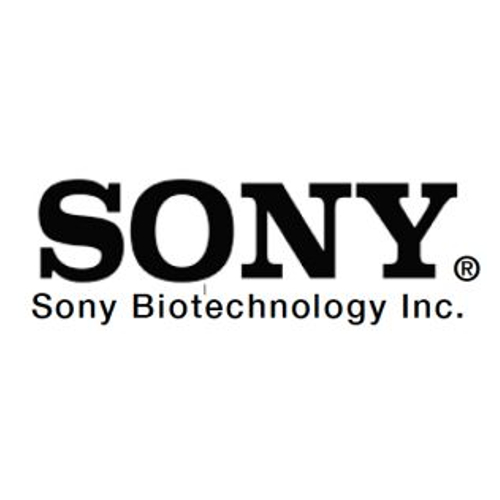Notch 4 / Alexa Fluor 647 / HMN4-14
Product Details
| Description | Alexa Fluor® 647 anti-mouse Notch 4 | |
|---|---|---|
| Conjugate | Alexa Fluor 647 | |
| Clone | HMN4-14 | |
| Target Species | Mouse | |
| Applications | FC | |
| Supplier | Sony | |
| Catalog # | Sign in to view product details, citations, and spectra | |
| Size | ||
| Price | ||
| Antigen | ||
| Host | ||
| Isotype |
About Notch 4
This gene encodes a member of the NOTCH family of proteins. Members of this Type I transmembrane protein family share structural characteristics including an extracellular domain consisting of multiple epidermal growth factor-like (EGF) repeats, and an intracellular domain consisting of multiple different domain types. Notch signaling is an evolutionarily conserved intercellular signaling pathway that regulates interactions between physically adjacent cells through binding of Notch family receptors to their cognate ligands. The encoded preproprotein is proteolytically processed in the trans-Golgi network to generate two polypeptide chains that heterodimerize to form the mature cell-surface receptor. This receptor may play a role in vascular, renal and hepatic development. Mutations in this gene may be associated with schizophrenia. Alternative splicing results in multiple transcript variants, at least one of which encodes an isoform that is proteolytically processed. [provided by RefSeq, Jan 2016]
This gene encodes a member of the NOTCH family of proteins. Members of this Type I transmembrane protein family share structural characteristics including an extracellular domain consisting of multiple epidermal growth factor-like (EGF) repeats, and an intracellular domain consisting of multiple different domain types. Notch signaling is an evolutionarily conserved intercellular signaling pathway that regulates interactions between physically adjacent cells through binding of Notch family receptors to their cognate ligands. The encoded preproprotein is proteolytically processed in the trans-Golgi network to generate two polypeptide chains that heterodimerize to form the mature cell-surface receptor. This receptor may play a role in vascular, renal and hepatic development. Mutations in this gene may be associated with schizophrenia. Alternative splicing results in multiple transcript variants, at least one of which encodes an isoform that is proteolytically processed. [provided by RefSeq, Jan 2016]
About Alexa Fluor 647
Alexa Fluor™ 647 (AF647, Alexa 647) has an excitation peak at 650 nm and an emission peak at 665 nm, and is spectrally similar to Cy®5 (GE Healthcare), iFluor® 647 (ATT Bioquest), and DyLight™ 650 (Thermo Fisher Scientific). Alexa 647 is commonly used for flow cytometry, microscopy, super-resolution microscopy applications. It is very bright, photostable, and pH insensitive, all of which contribute to sensitive detection while using this dye.
Alexa Fluor™ 647 (AF647, Alexa 647) has an excitation peak at 650 nm and an emission peak at 665 nm, and is spectrally similar to Cy®5 (GE Healthcare), iFluor® 647 (ATT Bioquest), and DyLight™ 650 (Thermo Fisher Scientific). Alexa 647 is commonly used for flow cytometry, microscopy, super-resolution microscopy applications. It is very bright, photostable, and pH insensitive, all of which contribute to sensitive detection while using this dye.
Experiment Design Tools
Panel Builders
Looking to design a Microscopy or Flow Cytometry experiment?
Validation References
Reviews & Ratings
| Reviews |
|---|
Looking for more options?
298 Notch 4 antibodies from over 24 suppliers available with over 38 conjugates.





